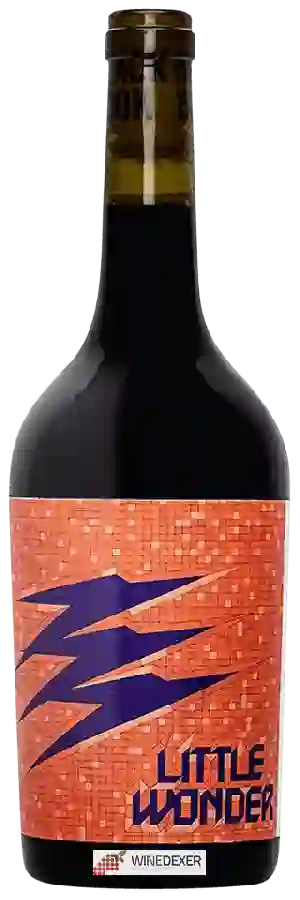
Winery Black Book'Little Wonder’ Cabernet Noir
This wine generally goes well with poultry, beef or lamb.
Wine flavors and olphactive analysis
On the nose the 'Little Wonder’ Cabernet Noir of Winery Black Book in the region of England often reveals types of flavors of non oak, earth or oak and sometimes also flavors of red fruit, black fruit.
Food and wine pairings with 'Little Wonder’ Cabernet Noir
Pairings that work perfectly with 'Little Wonder’ Cabernet Noir
Original food and wine pairings with 'Little Wonder’ Cabernet Noir
The 'Little Wonder’ Cabernet Noir of Winery Black Book matches generally quite well with dishes of beef, lamb or spicy food such as recipes of chinese noodles with beef, leg of lamb with garlic and rosemary or steak tartare.
Details and technical informations about Winery Black Book's 'Little Wonder’ Cabernet Noir.
Discover the grape variety: Cabernet-Sauvignon
Cabernet-Sauvignon noir is a grape variety that originated in France (Bordeaux). It produces a variety of grape specially used for wine making. It is rare to find this grape to eat on our tables. This variety of grape is characterized by small bunches, and small grapes. Cabernet-Sauvignon noir can be found in many vineyards: South-West, Loire Valley, Languedoc & Roussillon, Cognac, Bordeaux, Armagnac, Rhone Valley, Provence & Corsica, Savoie & Bugey, Beaujolais.
Last vintages of this wine
The best vintages of 'Little Wonder’ Cabernet Noir from Winery Black Book are 2018, 0
Informations about the Winery Black Book
The Winery Black Book is one of of the world's greatest estates. It offers 9 wines for sale in the of England to come and discover on site or to buy online.
The wine region of England
England, although more famous for gin and beer, has been producing wine since Roman Imperial times (100 – 400 AD). Historically the country has not been known for the quality of its winemaking, inhibited by its northerly latitude and resulting cool Climate. However the last decade or so has seen considerable progress and expansion, and increases in planting of noble Grape varieties. Significant chaptilzation to off-set the high Acidity of under-ripe grapes was once common practice but since the 1970s and particularly since the turn of the millennium natural sugar levels have increased in the Vineyard and wines have increased in quality and reputation.
The word of the wine: Mutage
The act of adding alcohol to a fresh grape must or to a fermenting must.














